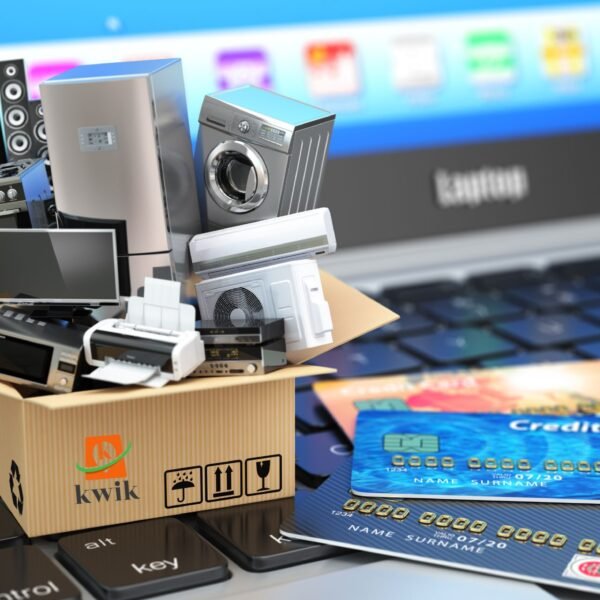The explosive growth of quick commerce—the promise of delivering groceries, daily essentials, and household items within minutes—has reshaped not only consumer expectations but also the physical and digital landscape of India. Platforms like Kwik, along with other q-commerce players, are building more than convenience—they’re quietly catalyzing a wave of infrastructure development across cities, towns, and underserved regions.
From warehousing and logistics to digital connectivity and employment hubs, quick commerce is emerging as a silent yet powerful engine for India’s next phase of urban and semi-urban growth.
1. The Rise of Micro-Fulfillment Centers (Dark Stores)
One of the most immediate infrastructural outcomes of quick commerce has been the proliferation of micro-warehouses, often referred to as dark stores. Unlike traditional large warehouses located on city outskirts, dark stores are compact fulfillment hubs set up in residential or commercial neighborhoods.
These stores:
- Reduce delivery time drastically
- Improve real-time inventory management
- Require minimal space but maximum efficiency
To meet rising demand, quick commerce platforms are working with local property owners, developers, and municipal authorities to repurpose underused buildings, thereby revitalizing underutilized urban assets.
2. Localized Logistics & Last-Mile Connectivity
Quick commerce is fueling the creation of hyperlocal delivery networks, requiring a new generation of:
- Inner-city roads optimized for two-wheeler logistics
- Digitally mapped delivery routes
- Advanced route optimization software
- Electric vehicle infrastructure
In many Tier 2 and Tier 3 cities, the push to deliver “within minutes” has encouraged local administrations to improve traffic flow, designate delivery corridors, and even invest in safer parking and storage areas for delivery vehicles.
3. Digitization of Traditional Retail Infrastructure
Small vendors and local wholesalers are now integrating with quick commerce platforms. This has triggered the digitization of traditional supply chains. From barcode-enabled stockkeeping to real-time inventory tracking and UPI payments, these changes are upgrading how local trade operates.
The ripple effect? Vendors modernize their operations, invest in point-of-sale (POS) systems, and adopt digital tools—many for the first time.
4. Employment Hubs & Skill Development
Quick commerce isn’t just about technology—it’s deeply rooted in manpower. The rise of q-commerce has driven the need for:
- Delivery riders
- Warehouse sorters
- Inventory managers
- Tech support staff
This demand is leading to the setup of employment hubs in smaller cities, especially for youth and gig workers. Platforms are also investing in training programs, skill enhancement, and certification for delivery and logistics roles—contributing to India’s broader skilling mission.
5. Renewable & Sustainable Infrastructure
The urgency and frequency of deliveries also present environmental concerns. But instead of stepping back, many platforms are investing in:
- EV charging stations at micro-warehouses
- Green packaging facilities
- Solar-powered warehouses
- Reverse logistics systems for returns and recycling
These initiatives are seeding India’s cities with the kind of green infrastructure necessary for a sustainable urban future.
Quick commerce is not just a consumer trend—it’s a force accelerating India’s infrastructure development. By demanding faster delivery, more localized warehousing, digital integration, and sustainability, it is pushing the ecosystem to modernize faster than ever.
Platforms like Kwik are at the forefront of this transformation—not just delivering groceries, but delivering growth, jobs, and long-term infrastructure that benefits the economy at large.






Leave a Reply